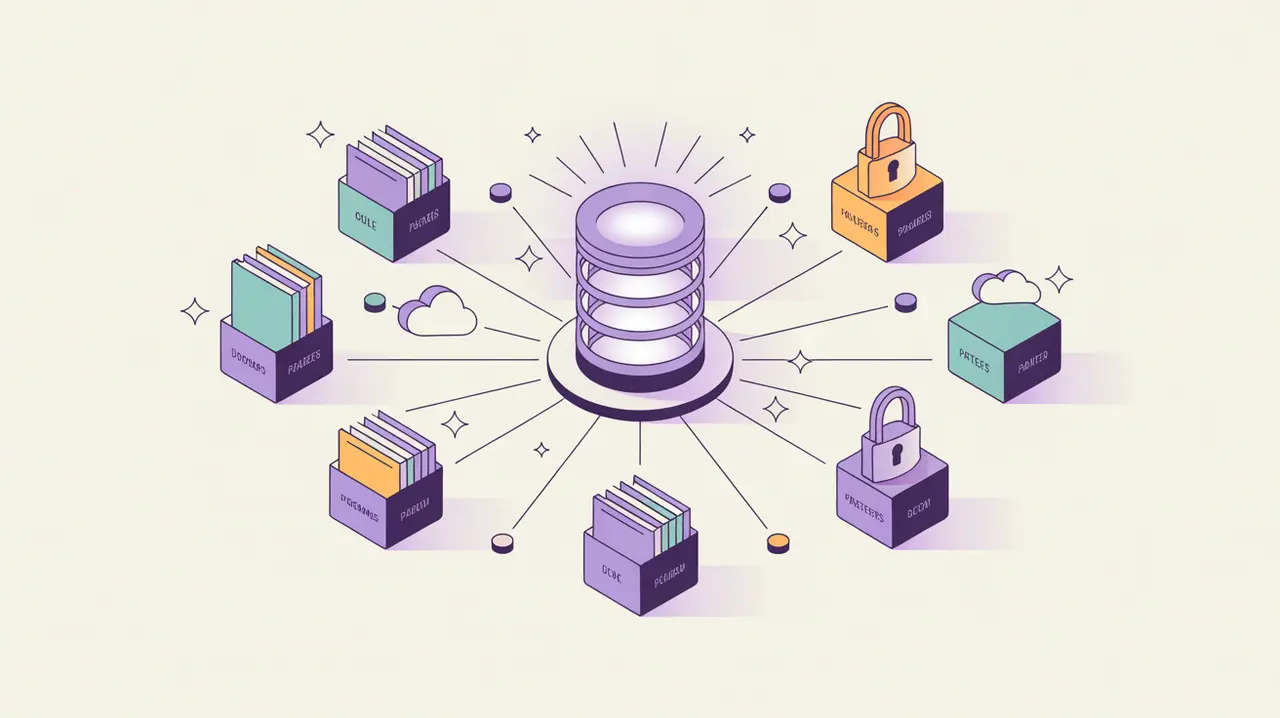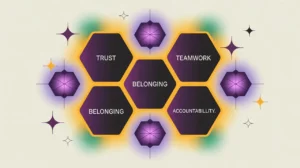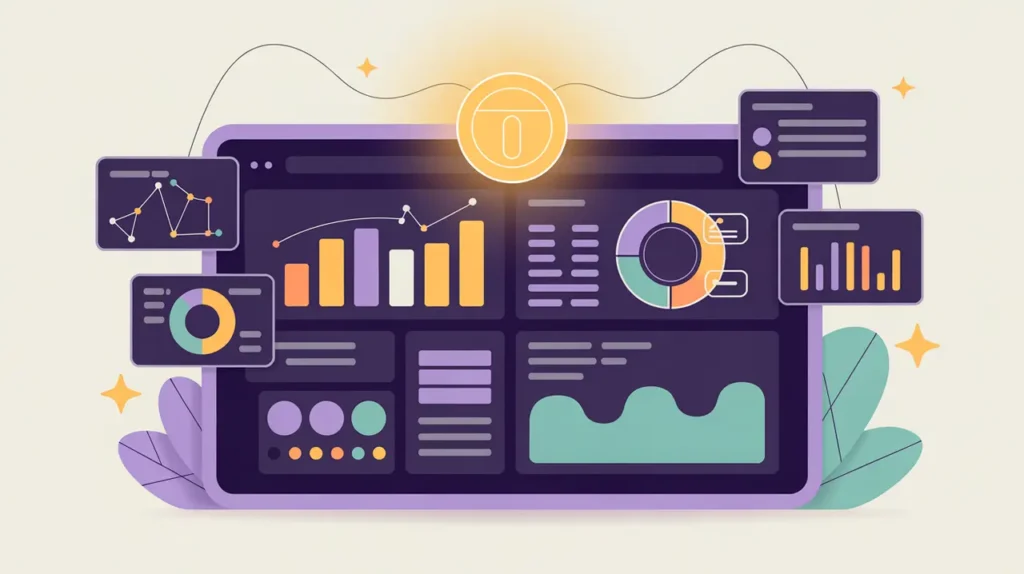What Does CRM and Data Management Involve?
CRM (Customer/Constituent Relationship Management) and data management form the backbone of how nonprofits organize, track, and act on information. A CRM system centralizes records on donors, partners, volunteers, and beneficiaries, while broader data management ensures that information flows are accurate, secure, and usable across the organization.
In practice, CRM and data management include capturing contact details, tracking interactions, segmenting audiences, and integrating program, fundraising, and communications data. Beyond relationship data, it extends to monitoring service usage, outcomes, and operational metrics. The goal is to transform raw information into insights that guide decisions and strengthen accountability.
Organizations that neglect data management risk duplication, compliance failures, and lost opportunities. Well-structured CRM and data practices allow nonprofits to personalize donor engagement, streamline reporting, and measure impact with confidence.
What Competencies are Associated with this Role?
This function requires technical precision and strategic application. Competencies include:
- Configuring and maintaining CRM systems
- Data entry, cleaning, and quality assurance
- Designing data collection forms and workflows
- Segmenting records for tailored communications or outreach
- Managing integrations between CRM and other systems (finance, MEL, communications)
- Applying data governance standards and privacy protocols
- Creating dashboards and reports for decision-making
- Training staff in data entry and use of CRM tools
- Ensuring system security and access controls
- Translating data into actionable insights
How Might AI and Automation Help this Role?
AI and automation can significantly increase the value of CRM and data systems. Opportunities include:
- AI-driven data cleaning and deduplication
- Predictive analytics for donor or beneficiary engagement
- Automated workflows for reminders, follow-ups, and tasks
- Natural language queries to generate reports
- AI-powered dashboards for real-time monitoring
- Chatbots that sync with CRM for constituent engagement
- Automated sentiment analysis of donor/beneficiary feedback
- Machine learning to detect anomalies or risks in data
- Generative AI to summarize trends for leadership reports
What are the Roles by Experience Level?
Roles span from system administration to strategic oversight:
- Entry: Data Entry Clerk, CRM Assistant – manage records, ensure data accuracy, support basic reports
- Mid: CRM Officer, Data Analyst – configure systems, design reports, segment audiences, analyze data
- Senior: CRM Manager, Data Lead – oversee data strategy, integrations, governance, and staff training
- Executive: Director of Data & Insights, Chief Technology Officer – set organization-wide data strategy, oversee security and compliance, align data with mission
How Transferable are the Skills from this Role?
CRM and data management skills transfer seamlessly into business, government, and social enterprise contexts. Within nonprofits, they prepare staff for advancement in fundraising, communications, MEL, and strategy roles. Outside the sector, they align with careers in business analytics, data governance, customer success, and IT administration. These skills cultivate data literacy, systems thinking, and accountability. They are qualities valued wherever information drives performance.







